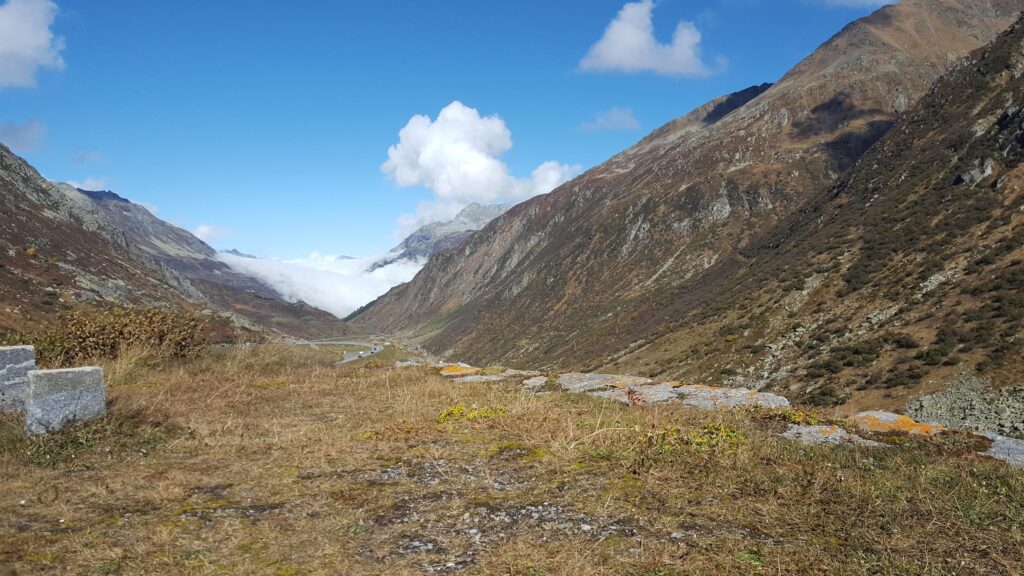One of my particular challenges is, that I easily see things differently then what is being said.
If someone tells me that another person is doing the wrong thing, I’ll have an idea of what makes it right. If someone wants to avoid a conflict I see how the conflict could make sense. If a person asks me to decide, I’ll search for ways to make them decide.
It’s often disturbing as I’ll find myself in something that feels like opposition. The intention being the opposite, that is to help. The idea in such a situation is to make the invisible visible. That said, it isn’t always comfortable for the others either as it is an invitation to change.
And we all naturally experience resistance to change. It is part of our system and the need to keep its stability. This system has a few pillars or cornerstones upon which the system is built. They allow for some flexibility but within limits. Whenever an invitation to see the invisible would impact the system beyond its flexibility, we work hard to keep it invisible.
Among the tools we use to see the world in a specific way, you’ll find beliefs and values. They serve as a filter helping us to assess a situation as well as act without exact knowledge.
There is nothing wrong about using them in this way, think for example about the trust you put into someone else or others put in you. It is how relationships can be established and kept.
Trust will be found on a continuum between two opposites: not trusting at all and trusting no matter what. While it can be described as such a continuum, it doesn’t do it total justice, as it, in fact, is more of a multidimensional continuum. Trust will evolve in three relationships, one with oneself, another with the other and one with circumstances or context.
Trusting someone else might depend on our ability to trust ourselves. Trusting someone else more than oneself can be very useful when it is about learning something new. The other side of the medal is one we will, for example, encounter as coaches or consultants; it is people who trust us to an extent that they give up on their ability to decide. Looking at situations we can or can’t influence we still have to decide how we’ll trust the circumstances. Do we expect the road to be slippery for example and adapt our driving style accordingly? How much of a margin will we give our trust in our driving capabilities?
So instead of having one set of opposites, we are confronted with a multitude of opposites and dependencies.
The main challenge then is when instead of seeing the continuum, its ends are being used to see opposition, making it an all or nothing situation. And it’s not the only challenge. As we all have a preferred dimension we will use to see, there is a high probability that we see a different picture. The all or nothing situation which might result from there is one of feeling seen or not.
People are hard-wired to seek a quick decision, for this, they use opposites. It gives a yes or no, a fight or flight or a safe vs. unsafe answer. It’s a way to resist change. The hard work is to make the continuum visible, to show how the opposites hold the space of the continuum, connecting them.

